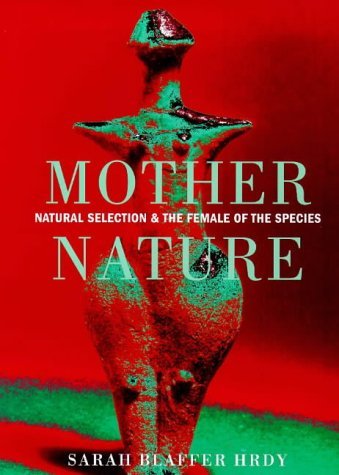What do you think?
Rate this book


Hrdy's passion for this material is evident and she is deeply aware of the personal stake she has here as a woman, a mother and a professional. This highly accomplished author relies on her own extensive research background as well as the works of others in multiple disciplines (anthropology, primatology, sociobiology, psychology and even literature). Despite the exhaustive documentation given to her conclusions (as witness the140-plus-page notes and bibliography sections), the book unfolds in an exceptionally lucid, readable and often humorous manner. It is a truly compelling read and highly recommended. --Katherine Ferguson, Amazon.com
697 pages, Hardcover
First published January 1, 1999